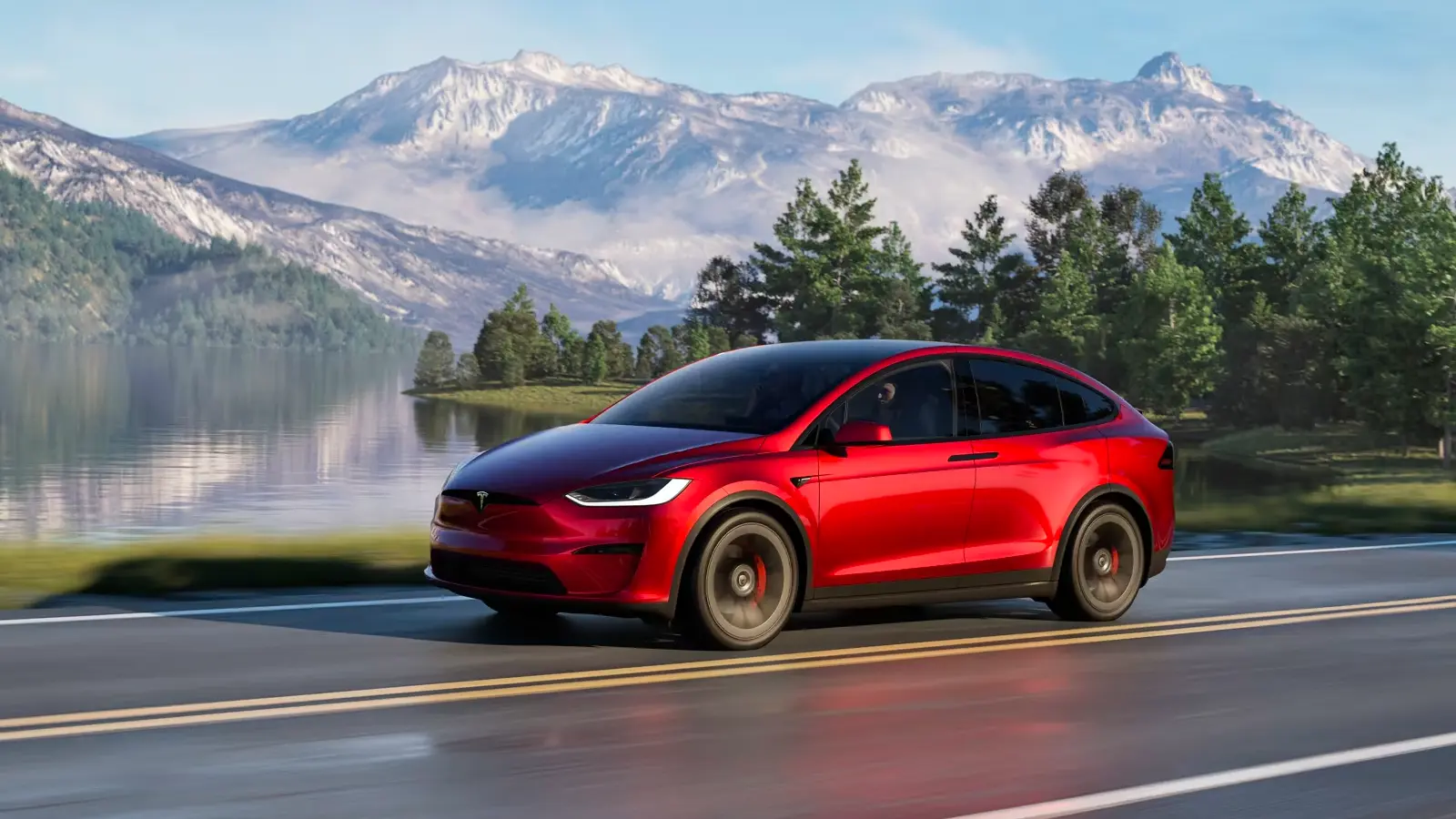When buying a new car, most people focus on features like horsepower, gas mileage, infotainment systems, or interior quality—but few consider one of the most important factors in long-term ownership: the factory warranty. A strong factory warranty can be a financial lifesaver, shielding you from unexpected repairs and giving you peace of mind well beyond your initial years of ownership.
On the flip side, a weak or limited warranty can leave you vulnerable to costly fixes just when you thought you were covered. In a time when car prices are at all-time highs, knowing which brands truly stand behind their products—and which do the bare minimum—can make or break your ownership experience.
The factory warranty isn’t just a marketing line; it’s a clear statement of how confident a manufacturer is in their product. A long warranty with few exclusions usually means the automaker has faith in the durability and quality of its vehicles.
These warranties often cover not just the powertrain, but also electronics, climate systems, and even roadside assistance. They also help resale value—buyers are more inclined to purchase used cars that still have some factory warranty remaining, especially when it’s transferable.
Conversely, some automakers still cling to the bare-bones industry standard: 3 years/36,000 miles for basic coverage, and maybe 5 years/60,000 miles for the powertrain. That may have been fine a decade ago, but it no longer cuts it in a market where competitors are offering 10-year or lifetime warranties.
Even worse, some warranties are riddled with fine print, hidden exclusions, or hoops to jump through that make filing a claim more frustrating than helpful. In these cases, the “warranty” feels more like a legal technicality than actual customer protection.
This article breaks down five of the most comprehensive and customer-friendly factory warranties available today, followed by five that fall short of expectations.
We’re not just looking at mileage and duration—we’re also factoring in what’s covered, whether the warranty is transferable, and how well the automaker supports customers when things go wrong. If you’re planning to buy new or nearly new, knowing which brands have your back can help you make a smarter, more confident purchase.
Also Read: 5 Trucks That Can Survive 10 Years of Abuse and 5 That Can’t
Cars With the Best Factory Warranties
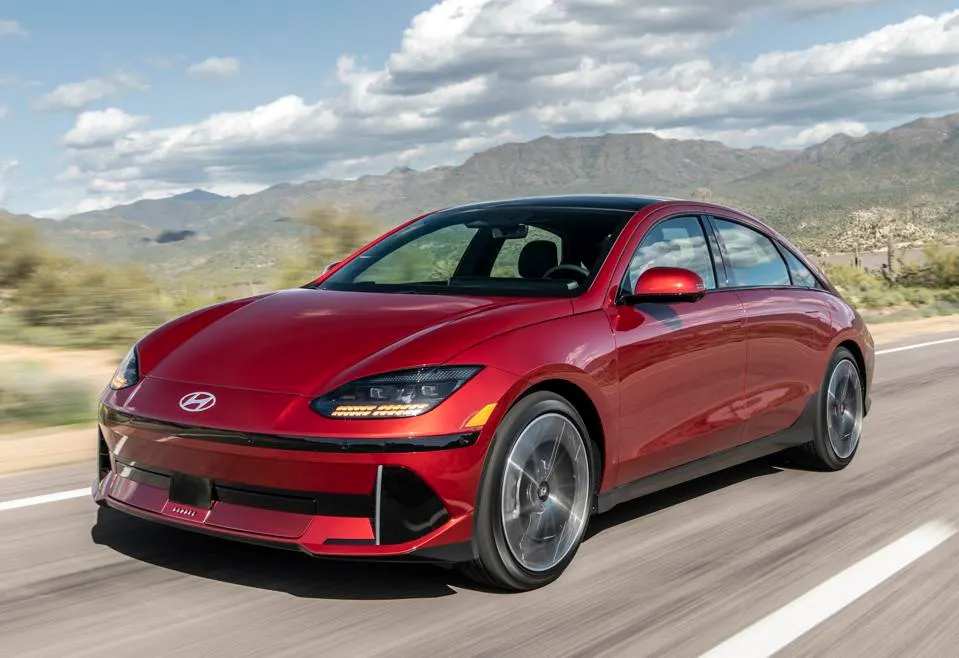
1. Hyundai – 10-Year/100,000-Mile Powertrain Warranty
Hyundai has become the gold standard in warranty coverage for mainstream automakers. Their 10-year/100,000-mile powertrain warranty is legendary and has played a massive role in the brand’s transformation from a bargain alternative to a quality-driven, confident player in the global automotive market.
Beyond just the powertrain, Hyundai also offers a 5-year/60,000-mile bumper-to-bumper warranty and five years of unlimited-mileage roadside assistance—something usually reserved for luxury brands.
What makes Hyundai’s warranty truly stand out isn’t just its length, but its clarity and reliability. There’s no confusing fine print or coverage that magically disappears after a year. The warranty follows the original owner through the duration and can be transferred (with reduced coverage) if the car is sold.
In practice, this means you can confidently buy a Hyundai and know that the brand will support you if anything significant goes wrong. Whether it’s the engine, transmission, or another core component, you’re covered for far longer than the industry norm.
Additionally, Hyundai’s dealership network is known for honoring warranty claims without hassle. While some brands try to deny coverage for vague reasons, Hyundai generally stands by its customers, offering a sense of long-term protection. Whether you’re driving a subcompact Accent or a luxury Palisade, this warranty makes Hyundai a smart choice for budget-conscious, peace-of-mind-driven buyers.
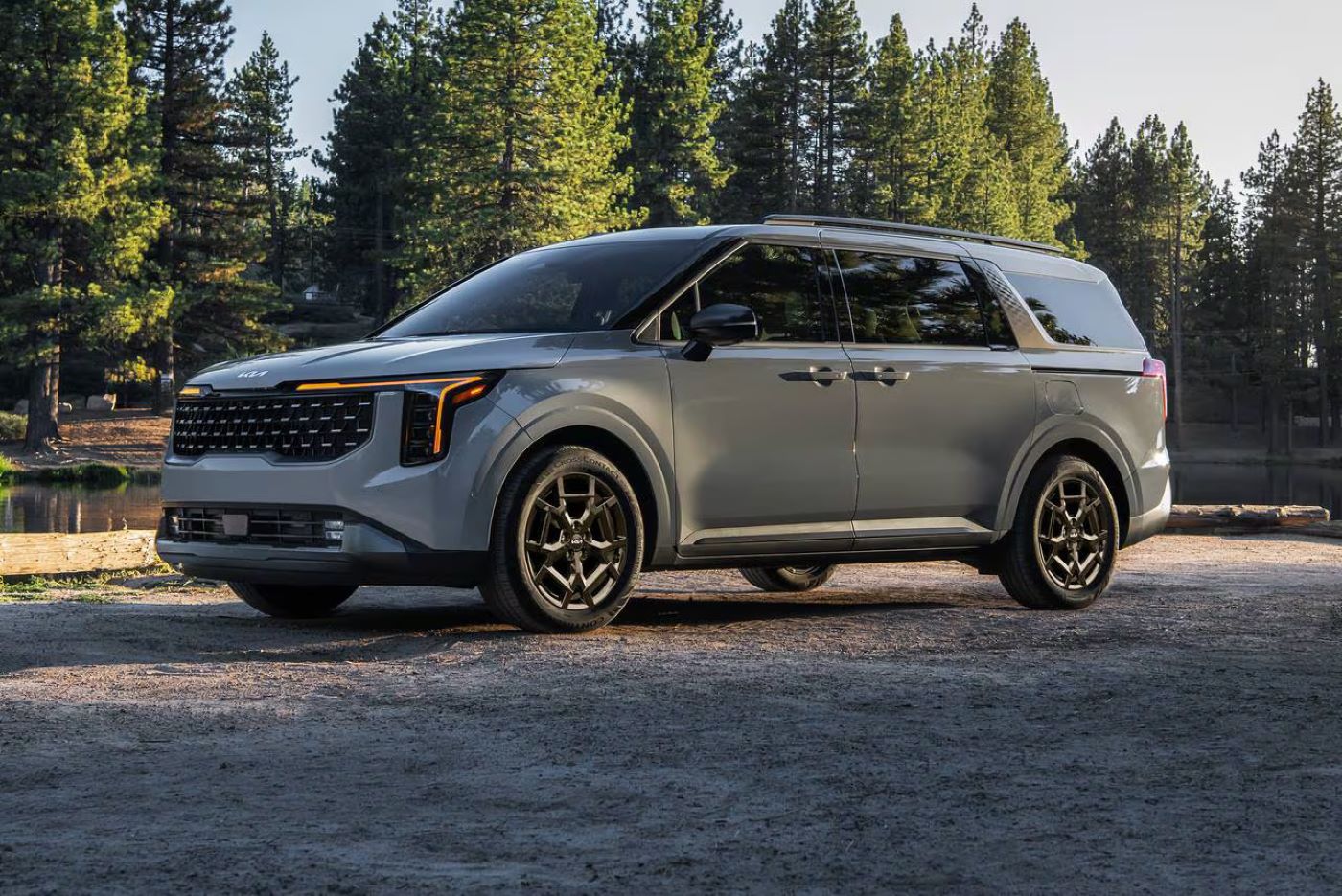
2. Kia – 10-Year/100,000-Mile Powertrain Warranty
Kia, Hyundai’s corporate cousin, mirrors the same exceptional warranty terms, and in some cases, offers even more value. Like Hyundai, Kia’s 10-year/100,000-mile powertrain coverage and 5-year/60,000-mile bumper-to-bumper warranty cover major systems like the engine, transmission, and drivetrain with an unmatched sense of assurance.
The two brands share technology platforms, so Kia’s vehicles benefit from the same engineering reliability, and the warranty backs that up with confidence.
Kia’s warranty extends to every new vehicle they sell, from the small Forte to the premium Telluride and sporty EV6. It’s also supported by an extensive dealer network that typically honors warranty claims without unnecessary pushback.
Many owners report smooth experiences with service departments when addressing covered repairs, which is a critical part of the ownership experience, especially in years 6 through 10, when other brands’ warranties have already expired.
The only downside to Kia’s warranty is that the 10-year/100,000-mile powertrain portion is only available to the original owner. However, even the second owner gets the still-generous 5-year/60,000-mile bumper-to-bumper and 5-year/60,000-mile powertrain coverage.
That’s more than many competitors offer on brand-new vehicles. Whether you’re buying new or nearly new, Kia’s warranty is a benchmark of automotive value.
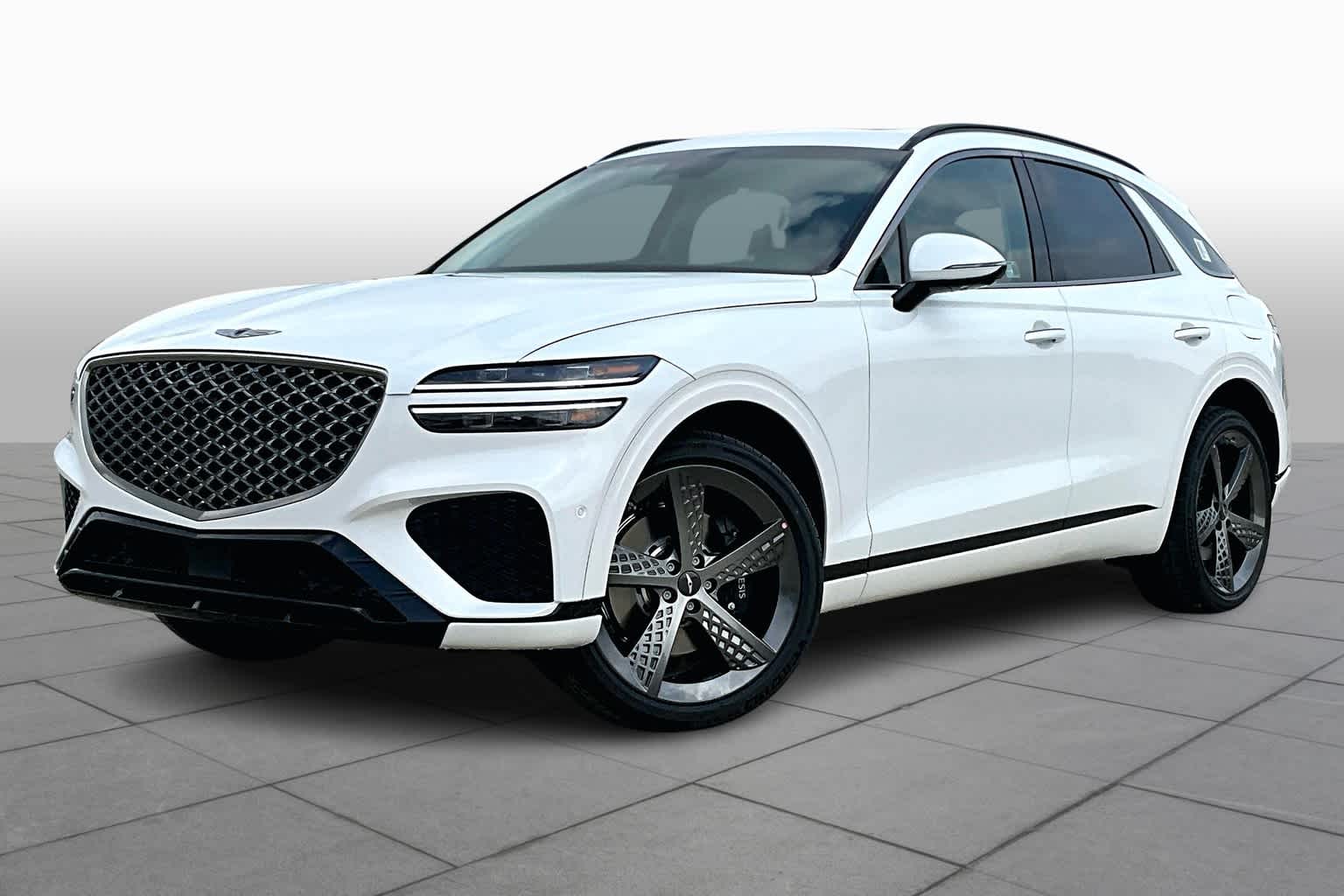
3. Genesis – 10-Year/100,000-Mile Powertrain + Concierge Service
Genesis, Hyundai’s luxury offshoot, doesn’t just offer one of the best warranties in the business—it adds a luxury ownership experience that includes complimentary scheduled maintenance for 3 years, valet service, and concierge pick-up/drop-off for warranty repairs.
Genesis vehicles come with a 10-year/100,000-mile powertrain warranty and a 5-year/60,000-mile bumper-to-bumper warranty, identical in scope to Hyundai and Kia but with more premium touches that make ownership feel upscale.
This luxury-focused warranty is especially impressive when compared to traditional luxury brands like BMW, Audi, and Mercedes-Benz, which often have much shorter warranties (more on that below). Genesis provides all this while maintaining high reliability ratings and competitive pricing.
Plus, warranty repairs are handled with more attention to customer satisfaction, and many dealerships go the extra mile to ensure that service is seamless and respectful of your time.
Genesis vehicles also benefit from Hyundai’s engineering durability, which means you’re less likely to need major repairs, but if you do, you won’t be footing the bill. It’s a compelling package that makes Genesis one of the most customer-friendly luxury brands on the market today, and one of the few that truly gives you luxury treatment beyond the showroom.
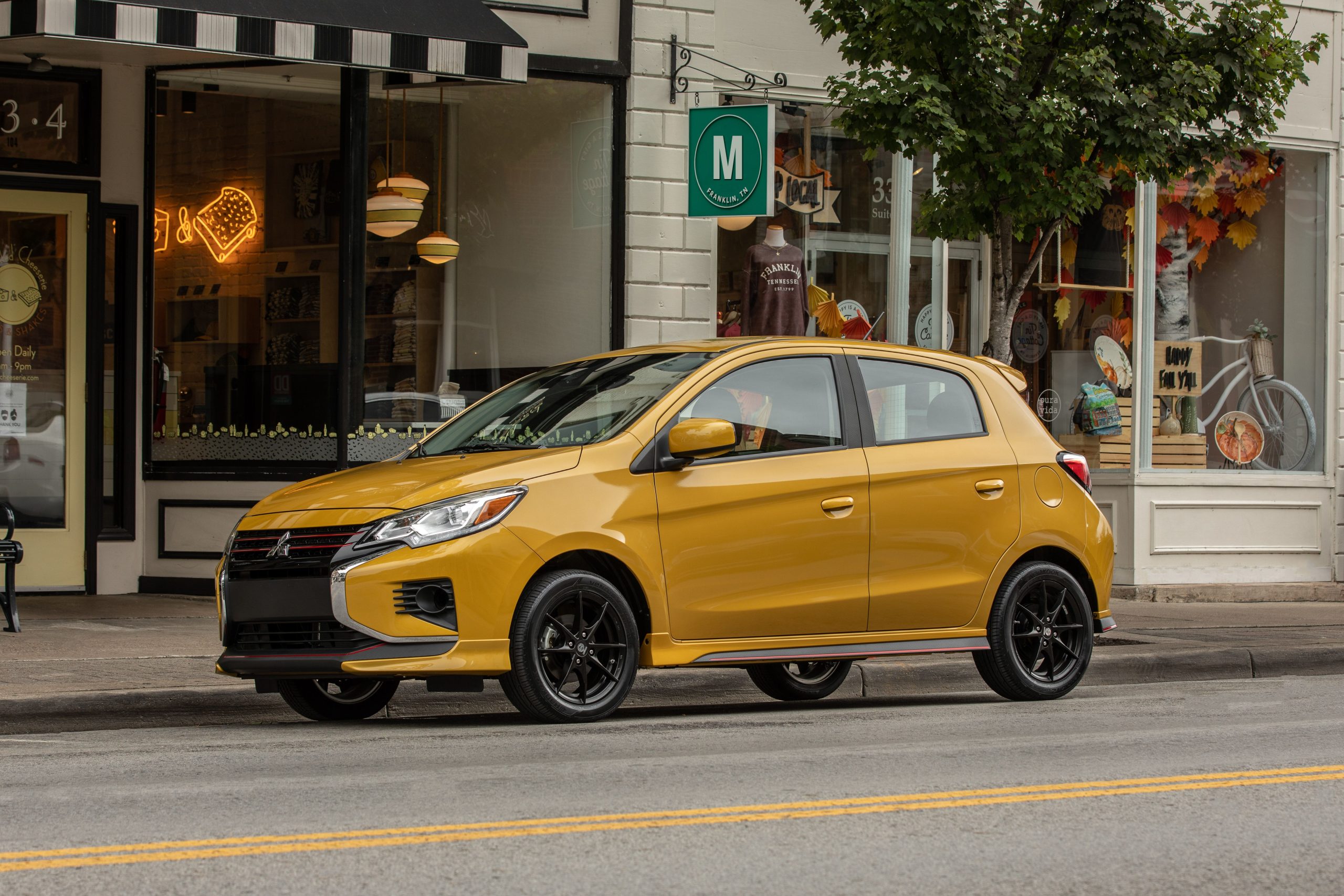
4. Mitsubishi – 10-Year/100,000-Mile Powertrain Warranty
While Mitsubishi may not have the sales volume or buzz of other automakers, it’s still one of the few brands offering a 10-year/100,000-mile powertrain warranty, and that’s a huge deal for budget-focused buyers.
Their bumper-to-bumper warranty also spans a respectable 5 years/60,000 miles, matching Hyundai and Kia. Though Mitsubishi’s lineup is limited, the vehicles it does offer—such as the Outlander and Mirage—are solid bets for anyone looking for cheap, reliable transportation with a long-term safety net.
One advantage Mitsubishi offers is the simplicity of its warranty structure. There’s little ambiguity in what’s covered, and the brand generally honors claims without major issues.
The coverage is especially appealing to people who want a new car but need predictable long-term expenses. For fleet buyers or first-time car owners, the Mitsubishi warranty provides a kind of assurance you won’t get from most other automakers in this price bracket.
The downside, like others, is that the 10-year/100,000-mile coverage is limited to the original owner. Still, it’s a rare gem in the auto world where shrinking warranty terms are becoming the norm. If you’re looking for a low-cost car with maximum factory-backed peace of mind, Mitsubishi deserves a second look.
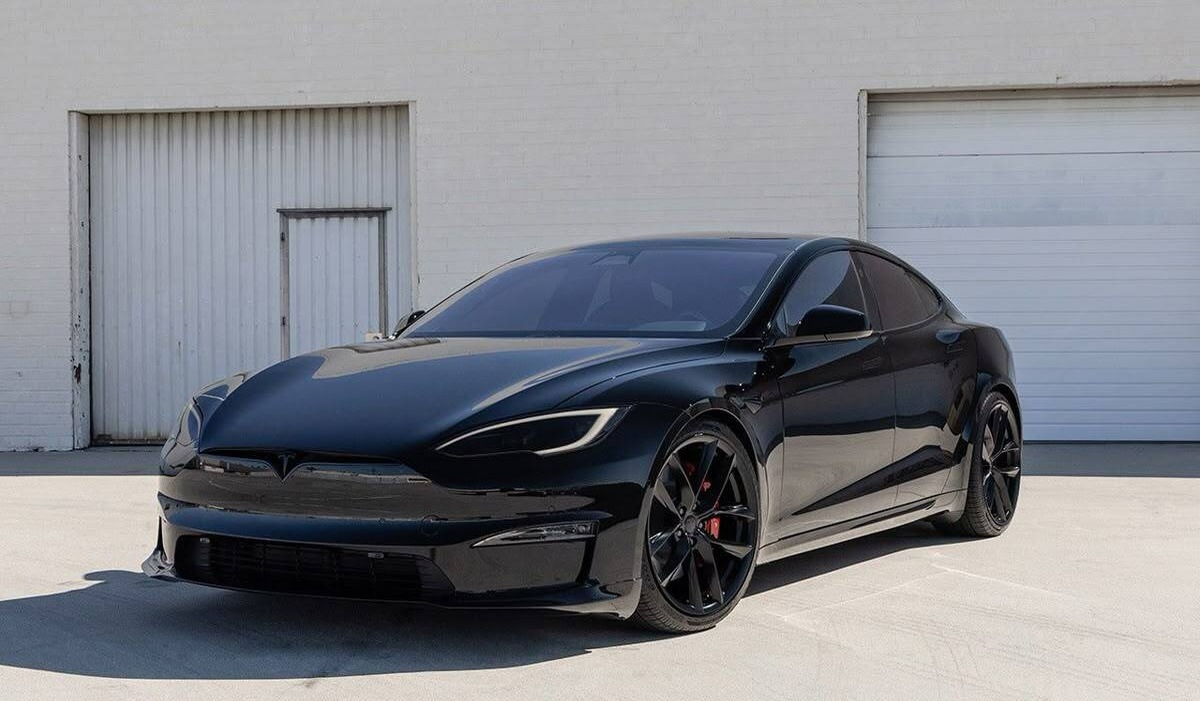
5. Tesla – 8-Year/120,000-Mile Battery & Drive Unit Warranty
Electric vehicles (EVs) bring unique challenges and costs, particularly related to battery longevity, which is why Tesla’s 8-year/100,000 to 120,000-mile warranty on the battery and drive unit is one of the most important in the industry.
While their 4-year/50,000-mile bumper-to-bumper coverage is just average, the drivetrain warranty sets Tesla apart in the EV space, where repairs can be prohibitively expensive if not covered.
Tesla’s drivetrain and battery coverage are especially generous compared to other EV makers who offer shorter terms or limited battery warranties. This is particularly important for buyers of the Model 3 Long Range and Model S, which have the 120,000-mile battery coverage.
With replacement battery costs running into five figures, having this extended coverage provides essential peace of mind to anyone entering the EV world.
While Tesla’s service process can be hit or miss depending on your location, the warranty terms themselves are clear and consistent. As more consumers shift to electric vehicles, Tesla remains a leader in giving buyers some of the most comprehensive EV-specific coverage on the market, especially for long-term owners.
Cars That Leave You Hanging
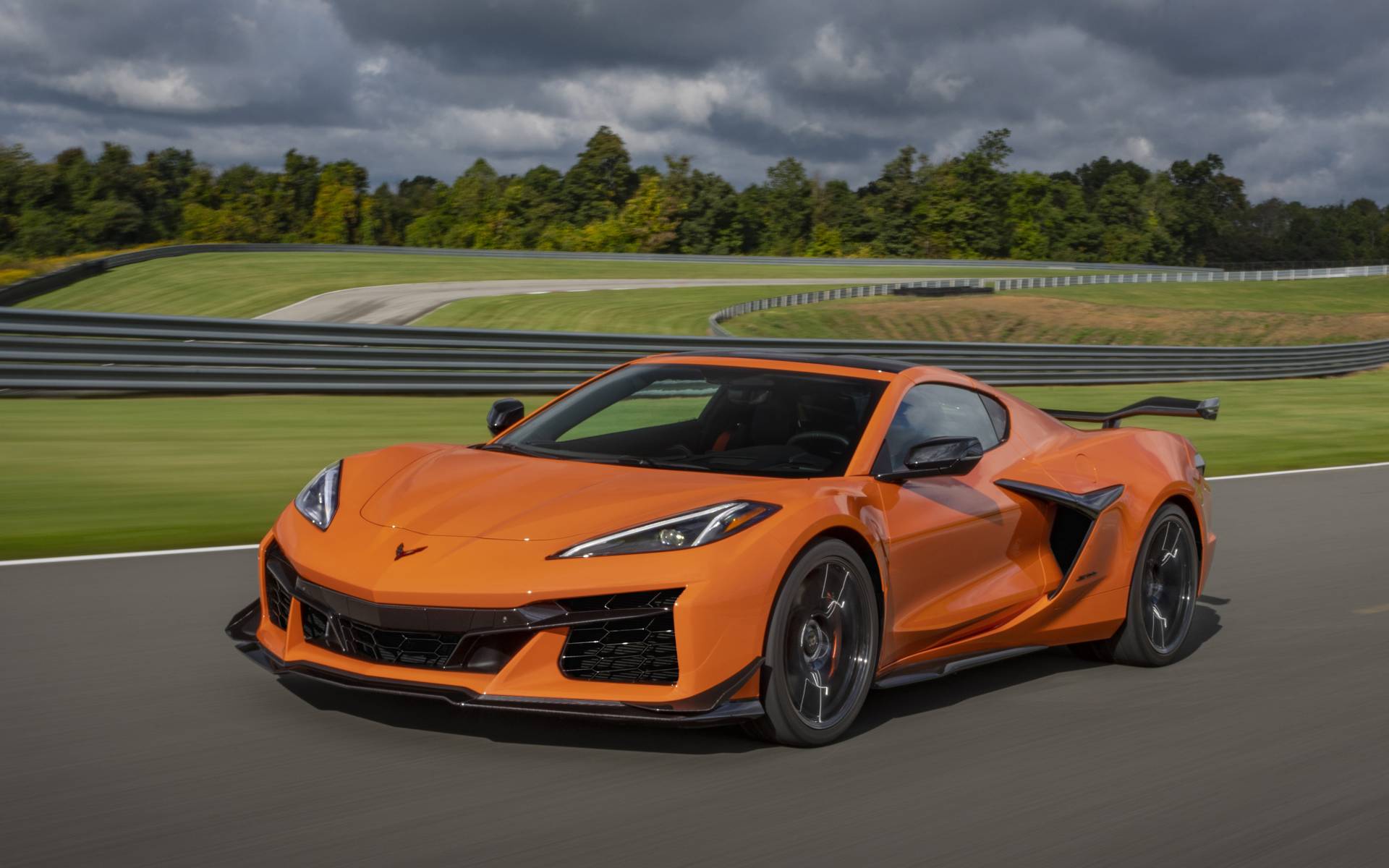
1. Chevrolet – 3-Year/36,000-Mile Bumper-to-Bumper, 5-Year/60,000-Mile Powertrain
Chevrolet, like many other American mainstream brands, sticks closely to the aging industry standard of a 3-year/36,000-mile bumper-to-bumper and 5-year/60,000-mile powertrain warranty. While this was once the norm, it now feels underwhelming in an industry where many competitors offer much more.
The issue isn’t just the short duration—it’s also the perception that Chevy doesn’t go above and beyond to support the customer once the warranty expires. For buyers planning to keep their vehicle longer than the lease term or typical three-year ownership cycle, this limited coverage can leave them exposed to expensive repairs right when they begin to occur.
What’s particularly frustrating is that many Chevrolet models—like the Equinox, Traverse, or Malibu—don’t have the stellar long-term reliability ratings that might make a short warranty less concerning. In fact, many of these vehicles begin showing issues right after the 36,000-mile mark.
Common problems include transmission issues, electrical glitches, and infotainment system malfunctions—all of which can be costly once you’re outside of warranty coverage. Despite this, there’s little in the way of extended support unless the buyer purchases additional coverage at a significant cost.
The bottom line is this: while Chevrolet vehicles can offer good value upfront with competitive pricing and incentives, the lack of robust warranty coverage often catches owners off guard down the road.
Unlike competitors who back their products with confidence, Chevrolet leaves much of the risk on the consumer, particularly if you’re planning to drive the vehicle beyond its first few years.
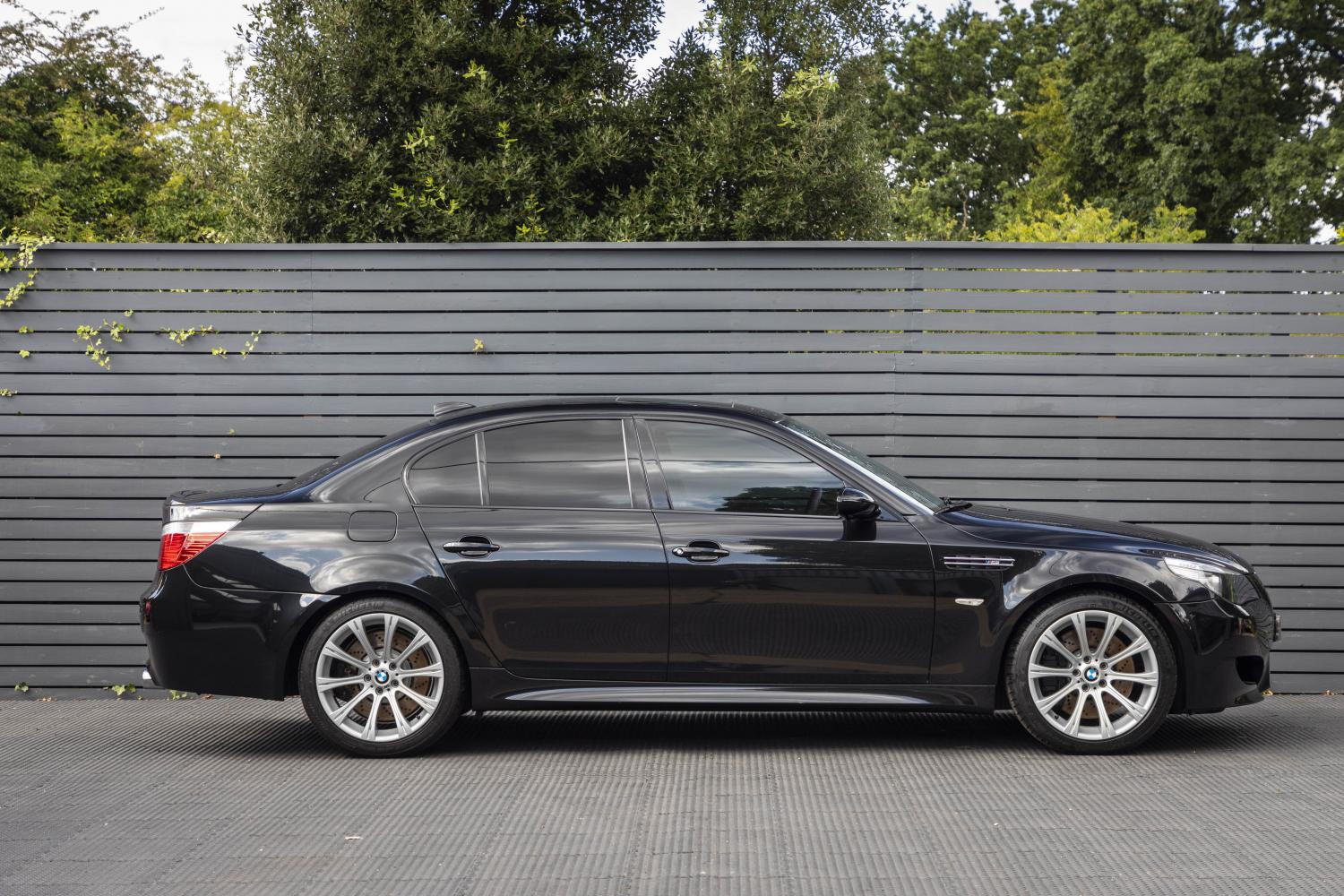
2. BMW – 4-Year/50,000-Mile Limited Warranty (No Powertrain Advantage)
BMW markets itself as a premium brand and charges accordingly, but its warranty coverage is surprisingly modest—4 years or 50,000 miles bumper-to-bumper, with no separate extended powertrain coverage. While this may seem acceptable at first glance, especially compared to some American brands, it falls far short when you factor in how expensive BMW repairs can be.
Once that warranty ends—and it ends quickly for anyone who drives more than 12,000 miles a year—you’re entirely on the hook for issues that often involve complex electronics, turbocharged engines, or high-end drivetrain components.
BMW’s limited warranty doesn’t reflect the actual cost of maintaining one of their vehicles past that period. Owners frequently face expensive repairs, from failing water pumps to malfunctioning digital dashboards to suspension components that wear prematurely.
Unlike other luxury brands such as Genesis, BMW does not offer complimentary extended warranties or drivetrain coverage beyond the basic warranty. Additionally, while BMW once included free maintenance for the length of the warranty, this has been scaled back and is now far more limited, further reducing the value of their warranty program.
For a brand that markets itself as “The Ultimate Driving Machine,” it’s surprising how little assurance it provides to long-term owners. If you lease, you’ll be fine—but if you’re buying with plans to keep the car beyond year four, be prepared to shoulder all the risk yourself. For a premium price tag, you’re simply not getting premium warranty protection.

3. Jeep – 3-Year/36,000-Mile Bumper-to-Bumper, 5-Year/60,000-Mile Powertrain
Jeep may be known for rugged styling and off-road capability, but its warranty doesn’t match the brand’s adventurous image. Like many American automakers, Jeep only provides a 3-year/36,000-mile basic warranty and a 5-year/60,000-mile powertrain warranty—bare minimum in today’s competitive landscape.
And this wouldn’t be such a big issue if Jeep vehicles had bulletproof reliability, but unfortunately, the brand often ranks near the bottom in long-term durability studies, particularly with models like the Cherokee and Renegade.
This mismatch between limited warranty coverage and inconsistent reliability is where Jeep truly leaves customers hanging. Many owners report issues with transmissions, electronics, infotainment systems, and even structural problems like water leaks and suspension failures—often just after the warranty expires.
In these situations, owners can be left with major out-of-pocket repair bills on vehicles that haven’t reached what should be considered middle age for a modern car. And while Jeep’s parent company, Stellantis, offers extended warranties, they come at a premium and often come with restrictive fine print.
What makes this even more frustrating is that Jeep markets its vehicles for adventure—trail-ready, go-anywhere machines. But if a suspension bushing wears out on a Wrangler or your transfer case starts making noise after 50,000 miles, you’re likely going to pay for it yourself. For a brand built around rugged utility, Jeep provides surprisingly fragile financial backing once the odometer ticks past that third year.
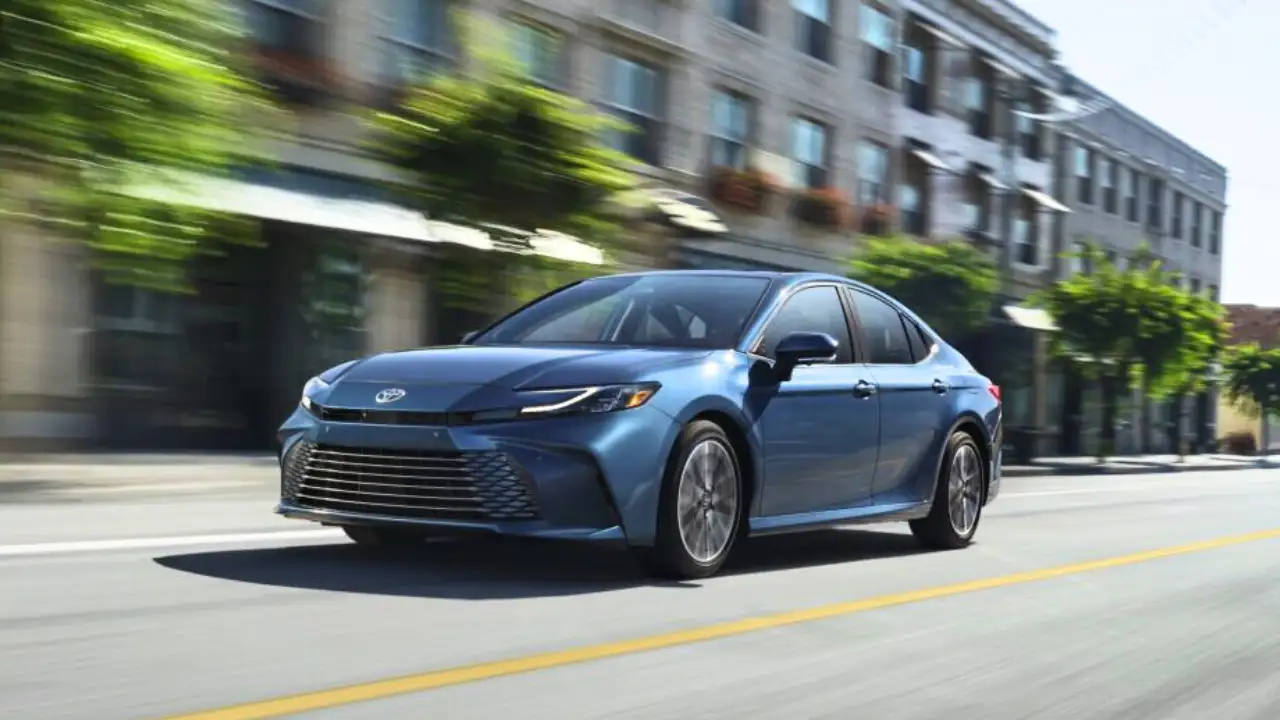
4. Toyota – Reliability Over Warranty (3-Year/36,000-Mile Bumper-to-Bumper)
This one may surprise some readers. Toyota has a stellar reputation for quality and long-term dependability, and for good reason—many Toyota vehicles run well past 200,000 miles with minimal issues.
But despite this reputation, the brand still only offers a 3-year/36,000-mile bumper-to-bumper warranty and a 5-year/60,000-mile powertrain warranty, which places it at the same level as much less reliable competitors. Toyota banks on its mechanical track record rather than offering extended peace of mind, and that approach may not be sufficient in today’s market.
The real issue here is not that Toyota’s warranty is bad—it’s that it hasn’t evolved with consumer expectations. Brands like Hyundai, Kia, Genesis, and even Mitsubishi have set a new standard by offering warranties that extend far beyond Toyota’s.
This means Toyota buyers are getting less factory-backed coverage upfront, and if anything goes wrong outside that short window, they’re stuck footing the bill. While it’s true that most Toyotas won’t need major repairs early on, when problems do happen (such as oil consumption in older Camrys or transmission glitches in some RAV4 models), owners may be on their own.
Toyota’s brand power is strong enough to maintain trust, and its cars typically live up to their reputation, but that doesn’t excuse the limited warranty.
In today’s competitive environment, the strongest brands shouldn’t just be reliable; they should show it through comprehensive warranties. Until Toyota catches up, buyers should be aware that they’re betting on quality rather than being protected by policy.
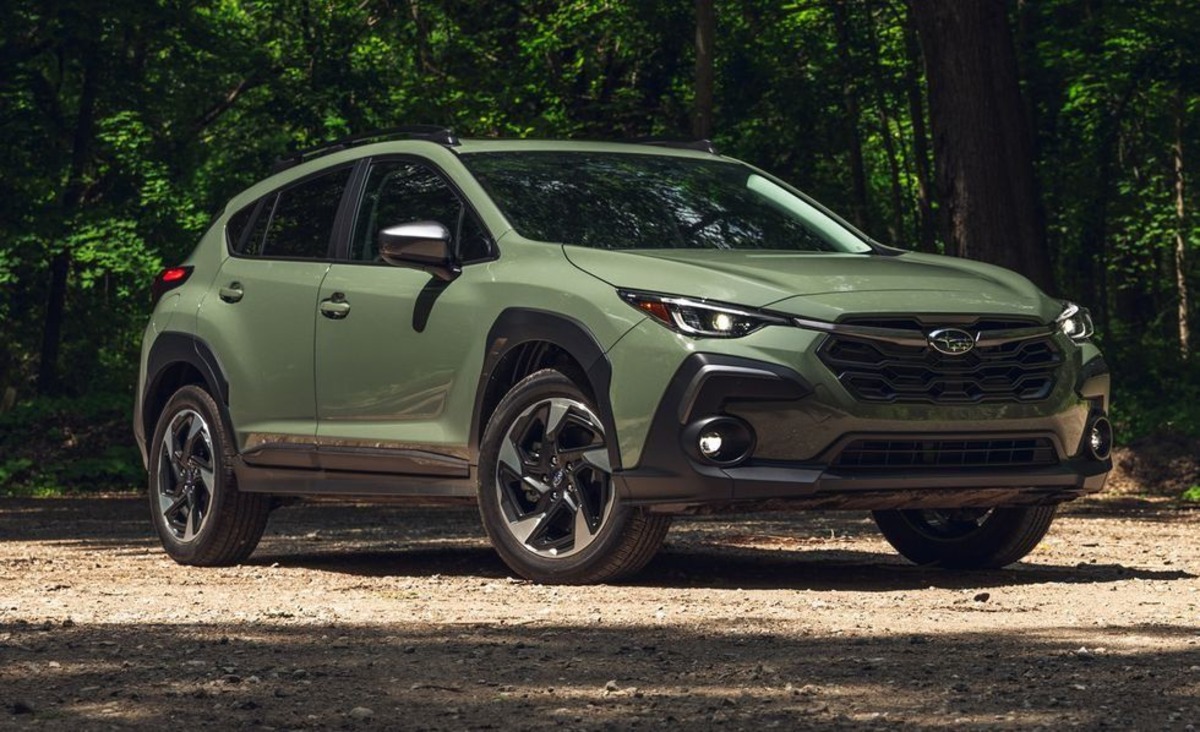
5. Subaru – 3-Year/36,000-Mile Bumper-to-Bumper, 5-Year/60,000-Mile Powertrain
Subaru is another automaker that rides a wave of customer loyalty and outdoor lifestyle branding, but its factory warranty is surprisingly underwhelming. With just a 3-year/36,000-mile basic warranty and 5-year/60,000-mile powertrain coverage, Subaru matches the bare minimum provided by most major automakers, but doesn’t stand out in any way.
That’s unfortunate, because Subaru vehicles—while loved for their AWD systems and utility—have seen their share of mechanical problems, especially when it comes to head gaskets, oil burning, and CVT issues.
What’s more troubling is that many of these issues start appearing right around or just after the warranty ends. The CVT transmission, now standard in most Subaru models, is one of the most expensive components to repair or replace, and owners frequently report early wear or failure.
However, with the short warranty in place, many are left paying thousands out of pocket for repairs. Subaru has, at times, offered goodwill fixes or extended warranties for specific issues after public pressure, but these are not standard and vary widely by dealer or region.
Subaru’s warranty feels particularly outdated given the price premium its vehicles often command. For a brand that sells itself on safety, practicality, and long-term usability, its lackluster warranty coverage feels like a missed opportunity. Subaru buyers are often passionate and loyal, but they deserve better factory protection, especially when newer competitors offer warranties nearly twice as long.
Also Read: 10 SUVs That Are Overbuilt in the Best Way Possible With Power, Luxury, and Road Dominance
In today’s automotive landscape, a car’s warranty is more than just a promise—it’s a lifeline. For many buyers, particularly those financing their vehicles or planning to keep them long-term, warranty coverage can be the difference between affordable ownership and financial stress.
Brands like Hyundai, Kia, Genesis, Mitsubishi, and Tesla have recognized this and stepped up to offer not only longer warranties but more comprehensive ones that reflect confidence in their engineering. These manufacturers understand that buyers need more than just sales pitches—they need backing when problems arise.
Meanwhile, other automakers continue to fall short. Chevrolet, Jeep, BMW, Subaru, and even Toyota may produce some desirable vehicles, but their factory warranties are either outdated or simply not competitive.
These brands rely on reputation, perceived quality, or legacy customer loyalty, rather than offering customers the real, tangible safety net that longer warranties provide. In an era where car prices continue to climb and repair costs rise with them, consumers deserve more than the industry’s old standard of 3 years/36,000 miles.
At the end of the day, buying a car is an investment, not just in money, but in confidence. A strong warranty shows that a manufacturer believes in the durability of its vehicles. It creates peace of mind, strengthens resale value, and can even reduce the long-term cost of ownership.
A weak warranty, on the other hand, shifts the risk onto you. Whether you’re buying new or certified pre-owned, always factor in warranty coverage when comparing models. It might not be as exciting as horsepower or touchscreen size, but when things go wrong—and they eventually will—you’ll be glad you chose a car backed by a company that stands behind its work.

